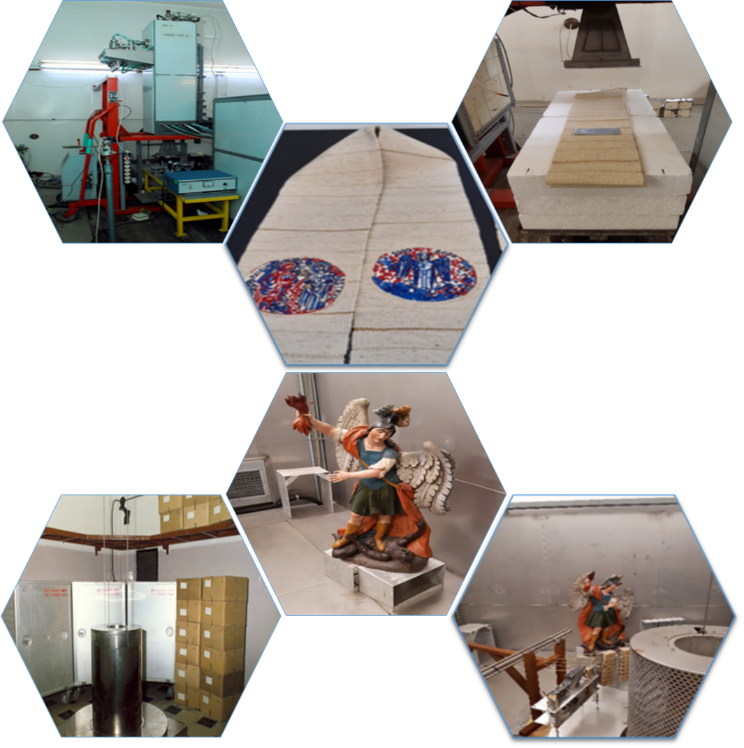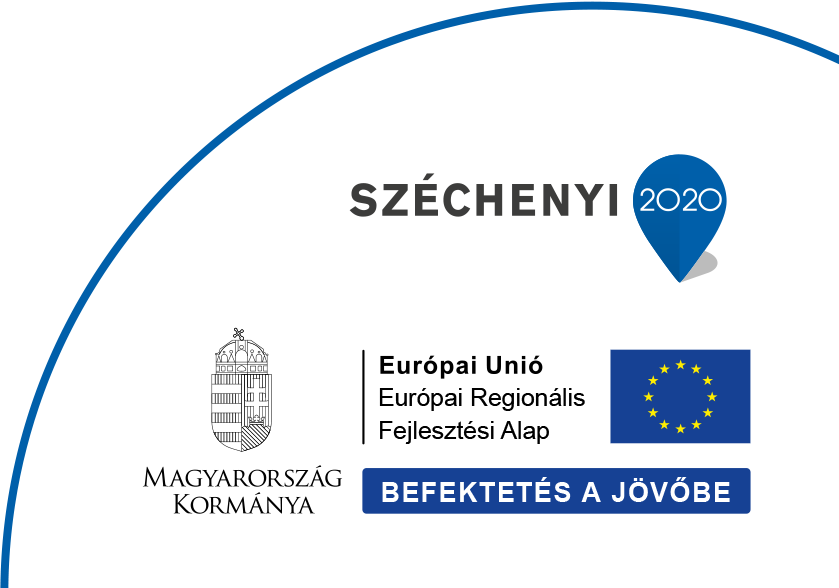One of the special application fields of ionizing radiation is the tangible cultural heritage conservation. This world-wide spreading radiation technology is a new research activity introduced recently at the Nuclear Security Department of the HUN-REN Centre for Energy Research (HUN-REN EK). Wooden objects are often attacked by insects like the bark-boring beetle, moth destroys various textile products, moulds and other fungi affect paper documents, books, leather and porcelain objects and the contamination of e.g. paintings with bacteria was also observed. The radiation treatment of these items performed with the suitable doses as described in the relevant national and international standards kills these pests without causing permanent damage to the treated objects. At the same time, the radiation treatment carried out in the permitted energy range (i.e. below 10 MeV) excludes inducing radioactivity in the irradiated artefacts, i.e. these objects will not become radioactive. This useful technology for the conservation of cultural heritage purposes is already in use in all continents and is growing continuously. In Hungary, a significant number of studies on the dating, authenticity and composition of artefacts and archaeological objects have been successfully carried out in the past at our research institute.
However, only a few conservation tests using ionizing radiation have been carried out in Hungary in the past at the request of the Hungarian National Museum. The widespread application of this technology in Hungary was initiated by the involvement of the HUN-REN EK Nuclear Security Department in the Coordinated Research Programme of the International Atomic Energy Agency (IAEA) in 2023, with the organisation of a national seminar by the HUN-REN EK, supported by the IAEA and attended by representatives of 15 museums and archives in Hungary. Subsequent bilateral collaborations and scientific visits have led to a significant increase in interest in this technology over the past year, and the following objects have been irradiated experimentally to date:
- Bishopric of Pécs: textiles (stoles, cushions, robes, mantles) contaminated with moth,
- Budapest City Archives: pre-World War II mouldy paper documents,
- Diocesan Museum of Székesfehérvár: a painted wooden statue of St. Michael contaminated with bark-boring beetle and mouldy books and paper documents,
- Lutheran National Collection Museum: church wooden pew end,
- Budapest History Museum: ceramics, animal bones.
The gamma irradiations were carried out with the semi-commercial 60Co irradiation facility of the Institute of Isotopes Ltd. Co., while the electron irradiations were performed with the 4 MeV linear electron accelerator of HUN-REN Centre for Energy Research.

For more information on this topic, please contact:
András Kovács (kovacs.andras@ek.hun-ren.hu)
Éva Hedvig Nagy (nagy.hedvig.eva@ek.hun-ren.hu)
Tünde Tóth (toth.tunde@ek.hun-ren.hu)
Péter Völgyesi (volgyesi.peter@ek.hun-ren.hu)
Back to the HUN-REN Centre for Energy Research, Nuclear Security Department website.
